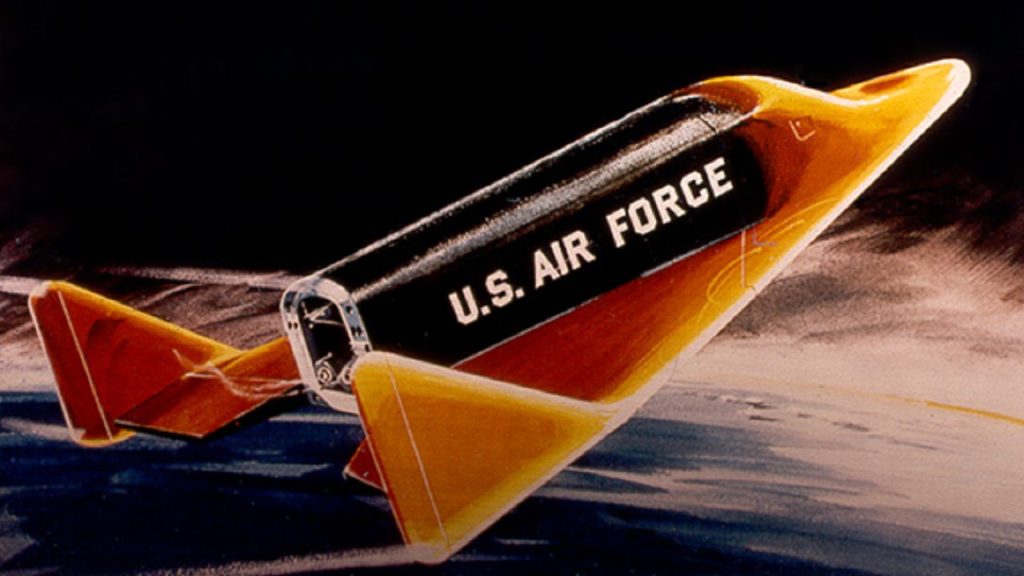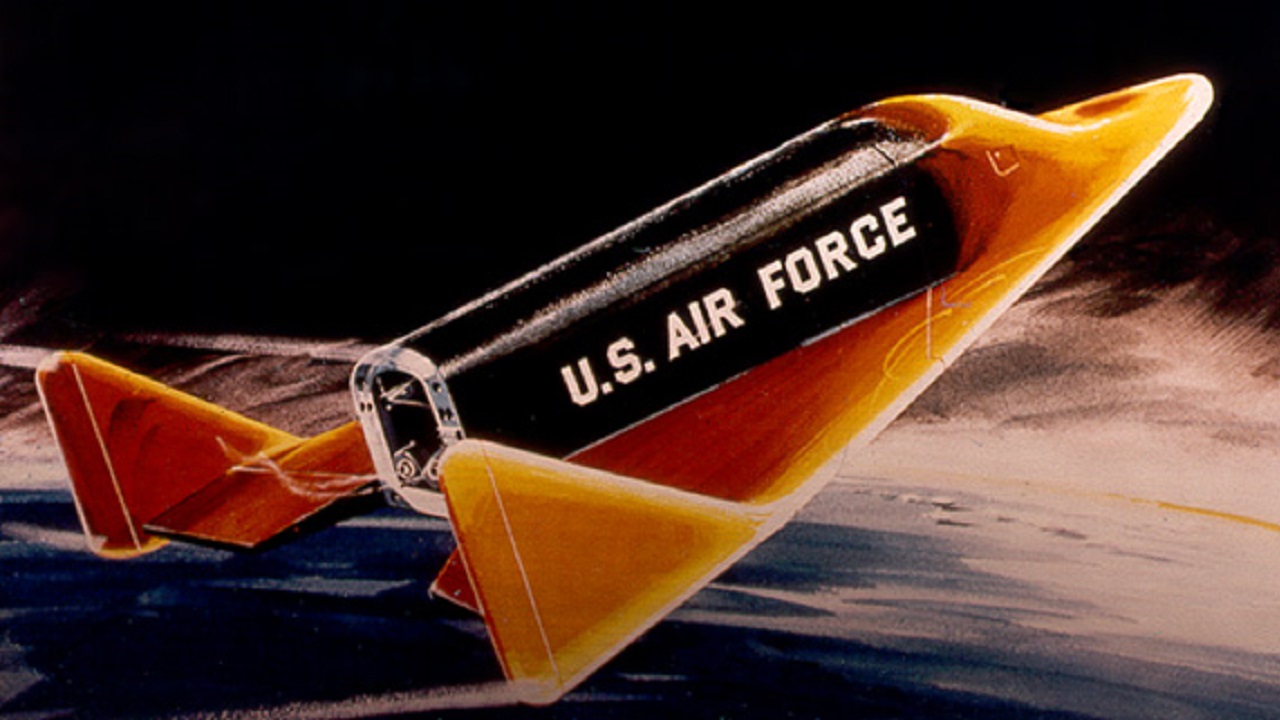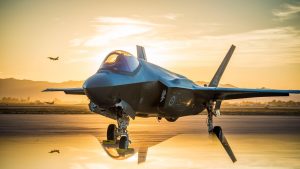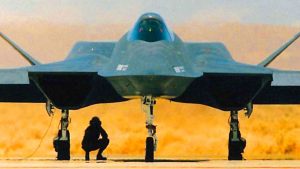The Air Force and Boeing envisioned a variety of tasks for X-20 had it been completed before its cancellation in 1963.

NASA X-20 Dyna-Soar space vehicle on reentry. (Artist rendering).
X-20: A Brief History These days, hypersonic weapons are all the rage, but the United States once developed a hypersonic space plane from 1959 to 1962. The X-20 Dyna-Soar (Dynamic Soaring) was intended to use again with a single pilot and no other crew members. Before its cancellation in 1963, the Air Force and Boeing envisioned various tasks for the X-20 had it been developed. The X-20 might have been employed for surveillance, scientific investigation, and hypersonic bombing against the Soviet Union.
The DoD wanted it to serve a specific military purpose, and it was too expensive to use as a testbed for new technologies and a research vehicle. Because of this, the X-20 never got past the prototype stage. The initiative cost the military and Boeing $410 million (about $3.5 billion in current terms).
That was an innovative and intriguing endeavor. Similar to the space shuttle, the X-20 prepared the way for a reusable spaceplane that could launch on a rocket, complete its mission, and then land on an airstrip.
The Dyna-Soar mockup was 35,5 feet long and had delta wings measuring 20,4 feet in span. It featured a rounded form devoid of the pointed angles typical of fighter aircraft. Instead of wheeled landing gear, they use retractable struts. On the underbelly of the X-20 were heat-resistant superalloys such as molybdenum, graphite, and zirconia.
Four astronauts, including a 30-year-old test pilot and aerospace engineer named Neil Armstrong, were selected to pilot the Dyna-Soar. After the X-20 was dropped from the air by a B-52 bomber, pilots started testing it. The public was also permitted to view the X-20 at a Las Vegas demonstration that stunned the crowd. Rocket booster testing was likewise successful.
The near future seems promising for the Dyna-Soar. The flight parameters were peculiar since the design of the object wa to bounce and hop through the air. At every step of its design and development, Dyna-Soar could become an orbital spacecraft. Still, the focus remained on its potential as a suborbital, hypersonic spaceplane or glider that could “skip” through the earth’s atmosphere.
The designers didn’t care about the technological problems they would have to solve for the flight to be successful. Even a hypersonic reconnaissance bomber called the Dyna-Soar III was envisioned as a future version. At these speeds, the enemy radar only had to warn the launch vehicle for three minutes, while an intercontinental ballistic missile needed twenty minutes. Unlike an ICBM, it could be redirected or recalled from its initial goal.
The Dyna-Soar III was also intended to do overflight reconnaissance missions. According to the website for space analysis, Astronautics, “it could glide over enemy sites between 45 and 90 kilometers in altitude, offering superior resolution to satellites orbiting at considerably higher altitudes.” The data would be available for study within hours of the overflight instead of waiting days for spy satellites to recover the capsules. Unlike a satellite in a predictable orbit, the attacker would have no opportunity to disguise its actions.
It looked like Dyna-Soar III had the “military objective” the administration sought. Nevertheless, the plans were overly optimistic, and a fully operational spacecraft would require hundreds of millions of dollars more. They would not complete Dyna-Soar III until the beginning of the 1970s. It would take an excessive amount of money and resources. The designers were uncertain as to which launch vehicle to utilize. The Dyna-Soar program also fell victim to politics and disagreements between Eisenhower and Kennedy administration policymakers over the distinction between civilian and military space endeavors. Robert McNamara, Secretary of Defense, was not a fan, and funding ceased. In 1963, McNamara eventually declared the Dyna-Soar program dead, and it was discontinued.






